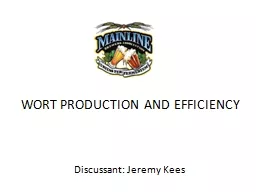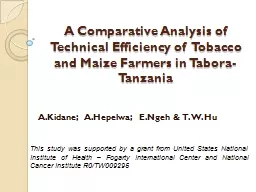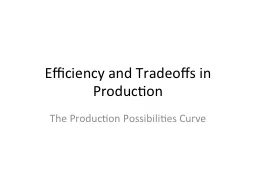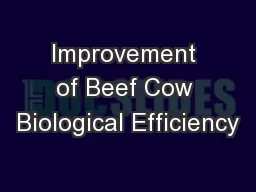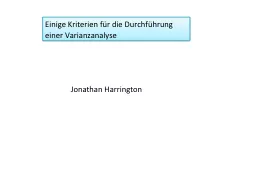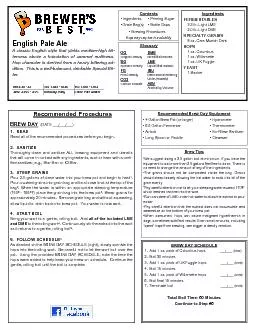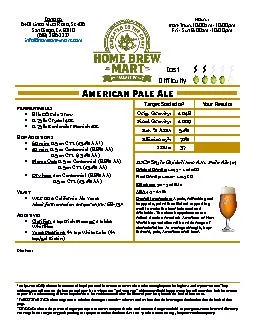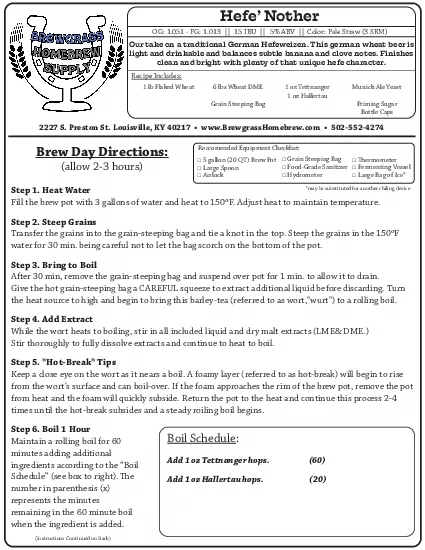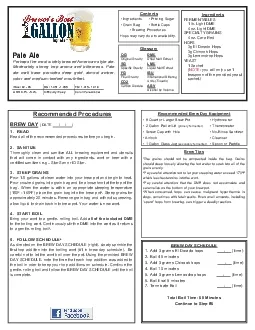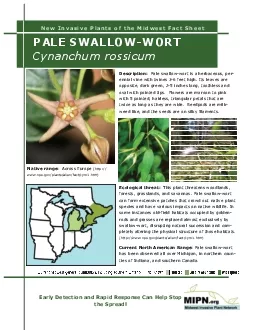PPT-WORT PRODUCTION AND EFFICIENCY
Author : test | Published Date : 2016-02-24
Discussant Jeremy Kees The Mash Whats going on Starches and proteins are converted into sugars that are usable by yeast How does this impact my beer Body light
Presentation Embed Code
Download Presentation
Download Presentation The PPT/PDF document "WORT PRODUCTION AND EFFICIENCY" is the property of its rightful owner. Permission is granted to download and print the materials on this website for personal, non-commercial use only, and to display it on your personal computer provided you do not modify the materials and that you retain all copyright notices contained in the materials. By downloading content from our website, you accept the terms of this agreement.
WORT PRODUCTION AND EFFICIENCY: Transcript
Download Rules Of Document
"WORT PRODUCTION AND EFFICIENCY"The content belongs to its owner. You may download and print it for personal use, without modification, and keep all copyright notices. By downloading, you agree to these terms.
Related Documents

